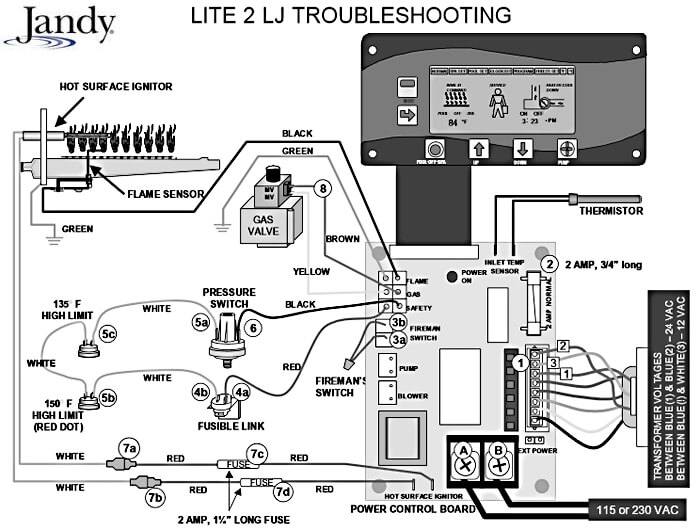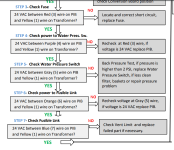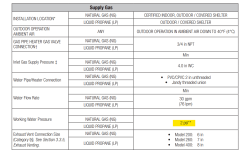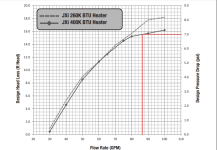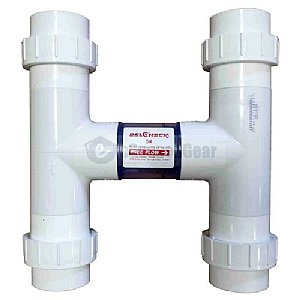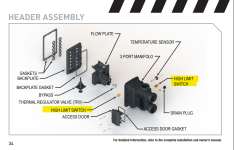- May 3, 2007
- 16,980
- Pool Size
- 20000
- Surface
- Plaster
- Chlorine
- Salt Water Generator
- SWG Type
- Hayward Aqua Rite (T-15)
I think you would be better off sticking with the current adjustable valve and just adding an actuator for automation for several reasons:
A) No plumbing changes
B) Fine adjustment of flow
C) No risk of adding too much head loss, with bypass check valves, while in spa jet mode making your jets weak
A) No plumbing changes
B) Fine adjustment of flow
C) No risk of adding too much head loss, with bypass check valves, while in spa jet mode making your jets weak


